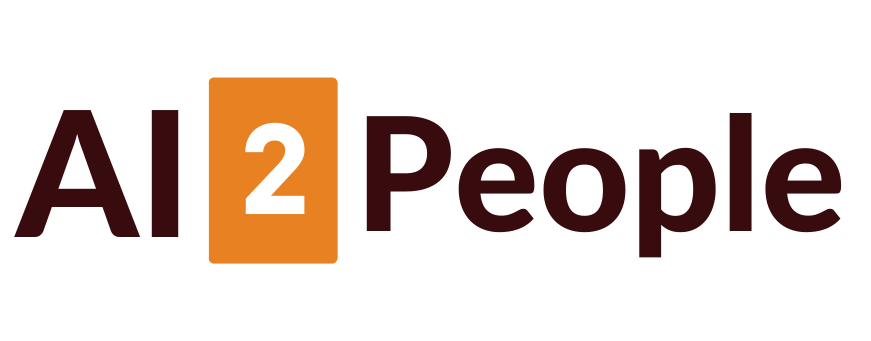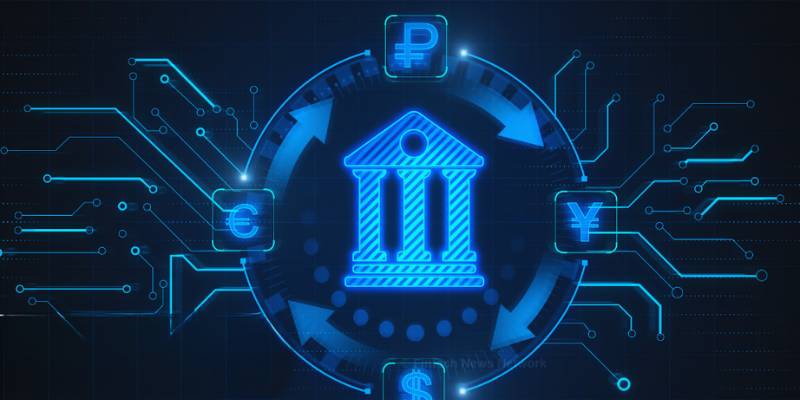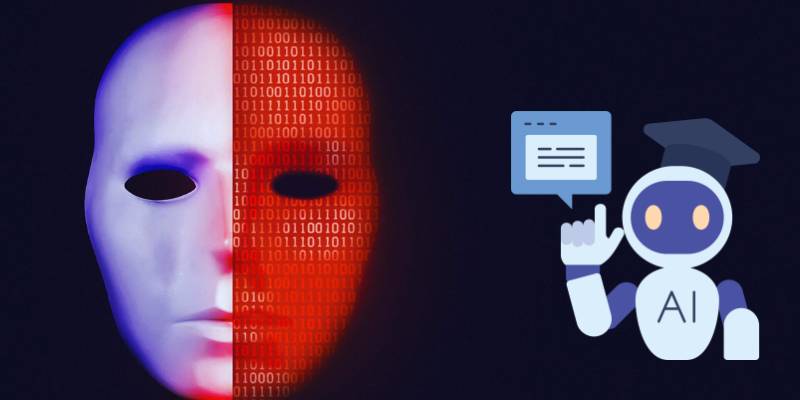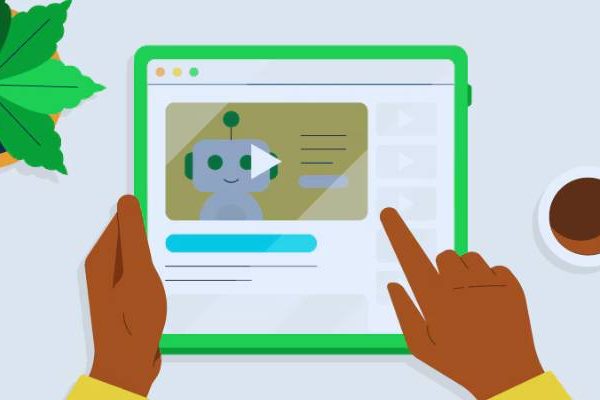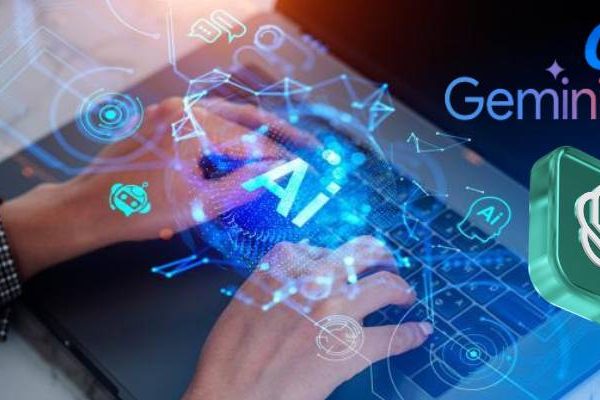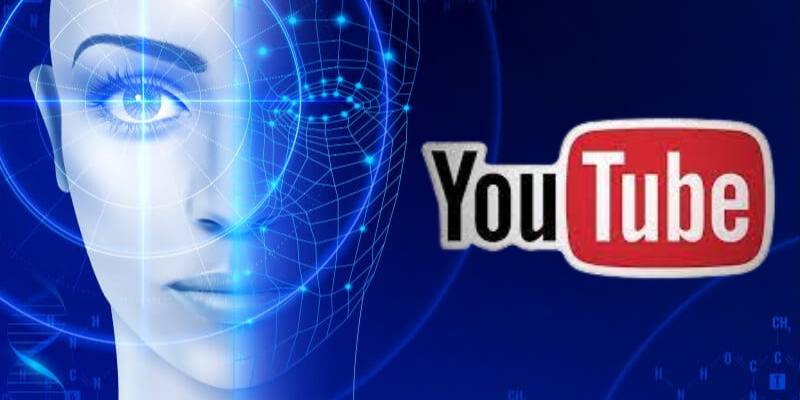
YouTube’s New “Likeness Detector” Takes Aim at Deepfakes — But Is It Enough to Stop the Imitation Game?
It’s finally happening. YouTube has pulled the curtain back on a powerful new tool designed to help creators fight back against the growing flood of deepfakes — videos where AI mimics someone’s face or voice so well it’s eerie.
The platform’s latest experiment, known as a “likeness detection system,” promises to alert creators when their identity is being used without consent in AI-generated content — and give them a way to take action.
At first glance, this sounds like a superhero cape for digital identities.
As The Daily Star reported, YouTube’s system automatically scans uploads and flags potential matches with a creator’s known face or voice.
Creators who are part of the Partner Program can then review the flagged videos in a new “Content Detection” dashboard and request removal if they find something shady.
Sounds simple, right? But the real challenge is that AI fakery evolves faster than the rules to stop it.
I mean, who hasn’t stumbled upon a “Tom Cruise” video on TikTok or YouTube that looked too real to be real?
Turns out, you weren’t imagining things. Deepfake creators have been perfecting their craft, prompting platforms like The Verge to call this move a long-overdue step.
It’s a kind of digital cat-and-mouse game — and right now, the mice have lasers.
YouTube’s new system represents a rare public effort by a tech giant to give users a fighting chance.
Of course, not everyone’s clapping. Some creators worry this will become another “automated moderation” headache, where legitimate parody or commentary could get caught in the net.
Others, like digital policy experts cited in Reuters’ coverage of India’s new AI-labeling proposal, see YouTube’s move as part of a broader shift — governments and platforms realizing that AI transparency can’t just be optional anymore.
India’s new rule, for instance, demands that all synthetic media be clearly labeled as such, a concept that’s gaining traction globally.
Here’s where it gets tricky. Detection tech isn’t foolproof. As one recent ABC News study showed, even humans fail to spot deepfakes nearly a third of the time. And if we — with our intuition and skepticism — are struggling, what does that say about algorithms trying to do it at scale? It’s a bit like trying to catch smoke with a net.
But here’s the optimistic bit. Every major move like this — from YouTube’s detection dashboard to the EU’s Digital Services Act provisions on AI transparency — builds pressure for a more accountable internet.
I’ve talked to a few creators who see this as “training wheels” for a new kind of media literacy.
Once people start checking if a clip is real, maybe we’ll all stop taking viral content at face value.
Still, I can’t shake the feeling that we’re racing uphill. The tech that creates deepfakes isn’t slowing down; it’s sprinting.
YouTube’s move is a solid start, a statement that “we see you, AI impersonators.”
But like one creator joked on a Discord thread I follow, “By the time YouTube catches one fake me, there’ll be three more doing interviews.”
So yeah, I’m hopeful — but cautiously so. AI is rewriting the rules of trust online.
YouTube’s tool might not end deepfakes overnight, but at least someone’s putting their foot on the brake before the whole thing careens off a cliff.
